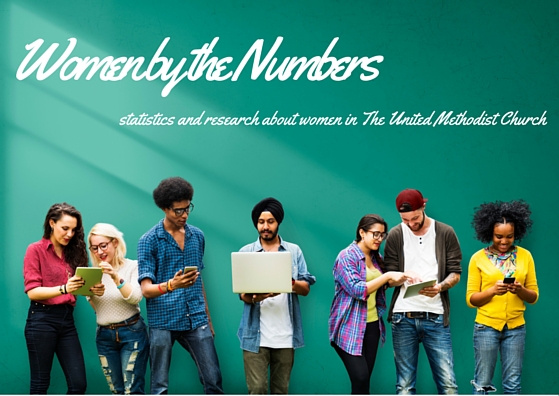by Amanda Mountain & Rev. Leigh Goodrich
The General Council on Finance and Administration (GCFA) administered a General Conference survey in collaboration with the Commission on General Conference (CGC) with the goal to “learn about the perspectives of the delegates who will shape the future of The United Methodist Church” (GCFA survey summary).
The survey was designed by both GCFA and CGC in consultation with research staff from various denominational agencies and commissions, and then translated into French and Portuguese. It was then distributed to 822 delegates, with the 405 responses compiled, formatted, and analyzed by GCFA staff. Even though the survey response rate was close to 50%, the responses do seem to reflect a representative sample of General Conference delegates. For example, 42% of General Conference delegates and 40% of survey respondents are from the Central Conferences. Women represent 36% of all General Conference delegates and 38% of the of the survey respondents. For this reason, GCSRW feels relatively confident that we can draw some conclusions relevant to our monitoring work to advocate for the status and role of women at the decision-making table this May in Portland.
The demographics of the delegates responding to the survey reflect GCSRW’s findings in our Women by the Numbers article from February of this year. We know that of the 864 delegates, 311 (36%) are women and similarly, 38% of survey respondents are female. This new GCFA/CGC survey results do tell us that 86% of all delegates responding have at least a bachelor’s degree and are, on average, 54 years of age. It seems young people are underrepresented as delegates to General Conference, with only 11 being younger than 25 with only 1 Central Conference delegate responding under 25. In addition, 21% of respondents are 65 or older, 52% are between the ages of 45 and 64 and only 19% are between age 25 and 44. Compare this recent data (U.S. Census Bureau, 2012) in which the number of young people in the U.S. population, ages 20 to 39, is 27%, while the number of older adults, ages 45 to 64, is also 27%. Further, it is reasonable to suspect that younger people might be more inclined to respond to a survey of this kind, and therefore this might be a generous representation.
Regardless, respondents are also employed (74%) and 53% view attending General Conference as part of their employment. This is not surprising in a context where 50% of the delegates are clergy. However, it is surprising that 70% of respondents report being their first marriage. In the United States, 50% of marriages end in divorce after 20 years, suggesting a statistic that is quite different than our delegate representation. However, it is possible that average age and marital statistics are quite different in the Central Conferences and significantly influence this statistic. It is also surprising that 111 delegates, 27% of the respondents, are current members of a board of a general agency of UMC committee. They are mostly life-long United Methodists with 70% responding they have always been members of the denomination. Lastly, 71% of delegates responded they regularly give 10% or more of their income to the local church.
It seems General Conference delegates are older (over 54), on their first marriage, active lifelong United Methodists, and wealthier, with income and employment that allows them time and resources to take 10 days out of their every day lives to make policy decisions for the entire denomination that includes many other demographics of individuals. They also seem far more invested in The United Methodist Church, with over a quarter serving on the board of a general agency of a UMC committee, and 71% regularly giving 10% or more to their local parish. The questions we must ask are these: Is this an accurate representation of all people within The United Methodist connection? As the church declines in membership, is this a population that can effectively resonate with those outside The United Methodist Church, particularly the young, and the poor? For women, the question is crucial. With membership being 58% female, and women comprising only 36% of General Conference delegates, it seems the answer points to no. Are we there yet? Not really. Why not?
See more Women by the Numbers, including all of the Who Is At the Decision-Making Table? series regarding General Conference, on our Women by the Numbers archives.
